Exploring the Potential of NAD Treatment for Alzheimer’s and Memory Function
Reviewed by Sarah Muniz, BSN, RN, Director of Clinical Operations
Alzheimer’s disease, the most common form of dementia, affects millions worldwide. As researchers push boundaries to unearth effective treatments, one avenue gaining traction is NAD+ therapy. A key player in cellular health, NAD+ might just be the key to unlocking better brain function.
The Science Behind NAD and Cognitive Function
NAD+, or Nicotinamide Adenine Dinucleotide, is a coenzyme essential for cellular energy and DNA repair. As age progresses, NAD+ levels decline, correlating with reduced cognitive abilities. This decrease hints at its vital role in brain health, pushing the need for NAD shots and IV therapies.
NAD’s Role in Alzheimer’s Disease
Research indicates the potential of NAD+ in delaying Alzheimer’s onset. An increase in NAD+ levels seem to have a positive impact on brain health by possibly delaying the onset of Alzheimer’s symptoms. It not only aids in counteracting cognitive decline but also supports the cellular energy metabolism and DNA repair processes, both of which are crucial in neurodegenerative disorders.
Furthermore, NAD+ has demonstrated its role in mitigating oxidative stress and inflammation, two major contributors to Alzheimer’s progression. As science continues to delve deeper, it becomes evident that understanding and harnessing the power of NAD+ could become a cornerstone in developing innovative therapeutic strategies against Alzheimer’s disease in the coming years.
NAD Shot vs IV: Which is Superior?
Both NAD shots and IV therapies have their merits. While NAD shots offer a more gradual release and fewer side effects, IV therapies provide a rapid, potent dose. At PureDropIV, our experts recommend a combination for maximum effect: NAD+ IV infusion monthly, with shots or NAD+ SubQ injections administered weekly or biweekly in between.
Decoding the NAD Shot
Popularly termed as intramuscular, the NAD shot is correctly referred to as a subcutaneous injection. Unlike intramuscular injections that deliver directly into the muscle, subcutaneous ones are given into the fat layer beneath the skin. This approach ensures a slow, sustained release of NAD+, providing benefits over extended hours or even days, depending on the individual.
The Multifold Benefits of NAD Injection
Administering NAD+ injections offer a slew of advantages:
- Counteracts the aging process through DNA repair.
- Fuels every cell type with the required energy.
- Heightens mental clarity and focus.
- Alleviates feelings of anxiety and stress.
NAD+ Therapy Recommendations for Alzheimer’s
For individuals exploring NAD treatments for Alzheimer’s, it’s crucial to understand the “why” behind each recommendation. At PureDropIV, we prioritize patient well-being and base our suggestions on observed benefits and current research. Here are our recommendations along with the rationale:
- Monthly NAD+ IV infusions for a concentrated dosage:
- Direct intravenous infusions allow for a high concentration of NAD+ to be delivered straight into the bloodstream, ensuring optimal absorption.
- This approach is designed to provide an immediate boost in NAD+ levels, potentially assisting in cognitive function enhancement and supporting cellular health within the brain.
- NAD+ SubQ injections weekly or biweekly for consistent levels and benefits:
- Consistent maintenance is key. By opting for regular subcutaneous injections, individuals can maintain elevated NAD+ levels.
- This consistent replenishment can aid in continuously supporting brain health and potentially delaying the cognitive decline associated with Alzheimer’s.
- For those averse to IV infusions, multiple injections every 2-3 days might be required to feel initial benefits:
- Some individuals may not prefer the IV infusion method due to various reasons such as discomfort or time constraints.
- In such cases, more frequent subcutaneous injections can provide a comparable NAD+ boost. Though this method requires more frequent administration, it ensures that NAD+ levels remain consistent, which is crucial for reaping the potential benefits against Alzheimer’s symptoms.
Safety First: Understanding Potential Side Effects
While NAD+ treatments have showcased promise, it’s essential to be aware of potential side effects, which can include muscle tightness, nasal congestion, mild headaches, and increased heart rate. Fortunately, these effects from the injection usually dissipate within 30 minutes
Experience NAD+ Therapy Delivered by PureDropIV’s Mobile IV Service
At PureDropIV, we offer more than just Alzheimer’s-focused NAD treatments. With our mobile iv therapy, you can receive the advantages of NAD+ injections and IV treatments conveniently at your location. Upholding the highest standards of quality and safety, our skilled professionals ensure each treatment is administered by adhering to stringent protocols.
Conclusion
The exploration of NAD+ therapy in Alzheimer’s treatment is still in its infancy, but the potential is undeniable. From NAD shots to IV therapy, these treatments could play a revolutionary role in combating cognitive decline.
Seeking more information about NAD+ treatments and how they can benefit you or a loved one? PureDropIV’s mobile iv therapy team is just a call away, ready to answer your questions and guide you on the best course of action. Experience the potential of NAD treatment for Alzheimer’s with us, and let’s work towards a brighter, clearer tomorrow.

